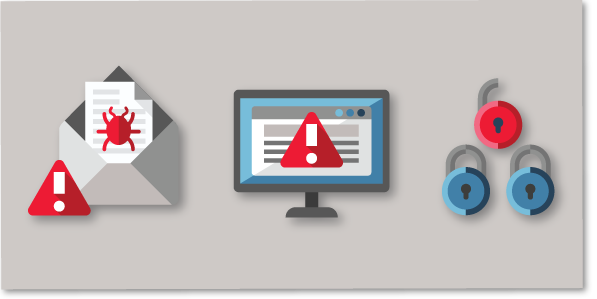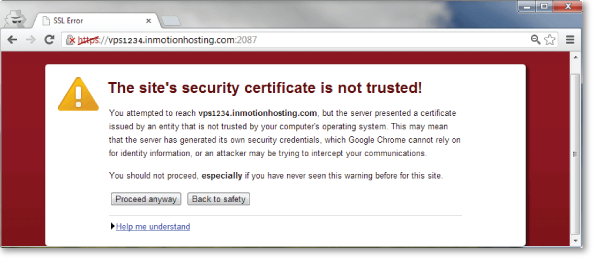
What is an SSL Certificate?
SSL (Secure Sockets Layer) is the standard security technology for establishing an encrypted link between a web server and a browser. Encryption is what makes the link secure. If you collect sensitive information like a credit card, most likely you already have an SSL Certificate.
To identity web pages with an SSL Certificate, look for their URL to start with (1) “https://”, (2) a little icon of a lock, or (3) a green address bar. These sites use encryption technology that secures your information as it moves from server to server through cyberspace. HTTP stands for hypertext transfer protocol and the added “S” stands for secure.
Google is now asking that you not only have SSL security on your pages with credit card and password forms, but they also want it to be on ALL pages that contain forms, even simple ones and search bars. When a user begins filling out any of the fields, a warning will appear in the address bar.

Why does Google Chrome 62 want them on all forms?
According to a recent Forbes article, “from 2013 to 2015 the cyber crime costs quadrupled, and it looks like there will be another quadrupling from 2015 to 2019. Juniper Research recently predicted that the rapid digitization of consumers’ lives and enterprise records will increase the cost of data breaches to $2.1 trillion globally by 2019, increasing to almost four times the estimated cost of breaches in 2015.”
These criminals are smart and motivated, plus Google’s research shows people do not think about the lack of security when they complete forms. Google wants to clearly label unsecure web pages in order to help protect our personal information from hackers.
The process of identifying pages as not secure is a gradual one that started with the release of Chrome version 56 and now a larger standard with Chrome 62. Google intends to continue this initiative and in the future will flag all websites as unsafe unless they have the SSL Certificate. Your Chrome browser will automatically update to 62 unless you have it set to manual.
What does this mean for your website?
Google views security as such an important issue that they use it as one of their search engine ranking factors. Your secure website has a good chance of ranking higher than a non-secure website when someone is searching one of your keywords. One of the biggest reasons to make the switch now is to stay ahead of the curve and maintain or improve your Google ranking.
Approximately 50 percent of people on the Internet use Google Chrome as their browser. This presents another compelling reason. You don’t want to discourage a prospect or customer with a “not secure” pop-up warning.
The best approach for purchasing and adding a secure certificate is to talk with a professional. There’s a lot that goes into switching your website pages, and you don’t want to miss any important steps. An SSL Certificate costs about $60-$70 per year through GoDaddy.



